Concrete
Concrete in construction is a fundamental and extensively used method due to its versatility, durability, and strength, making it a cornerstone in the field of civil engineering and construction.
Examples of our Concrete work
Feel free to contact us with any queries you might have
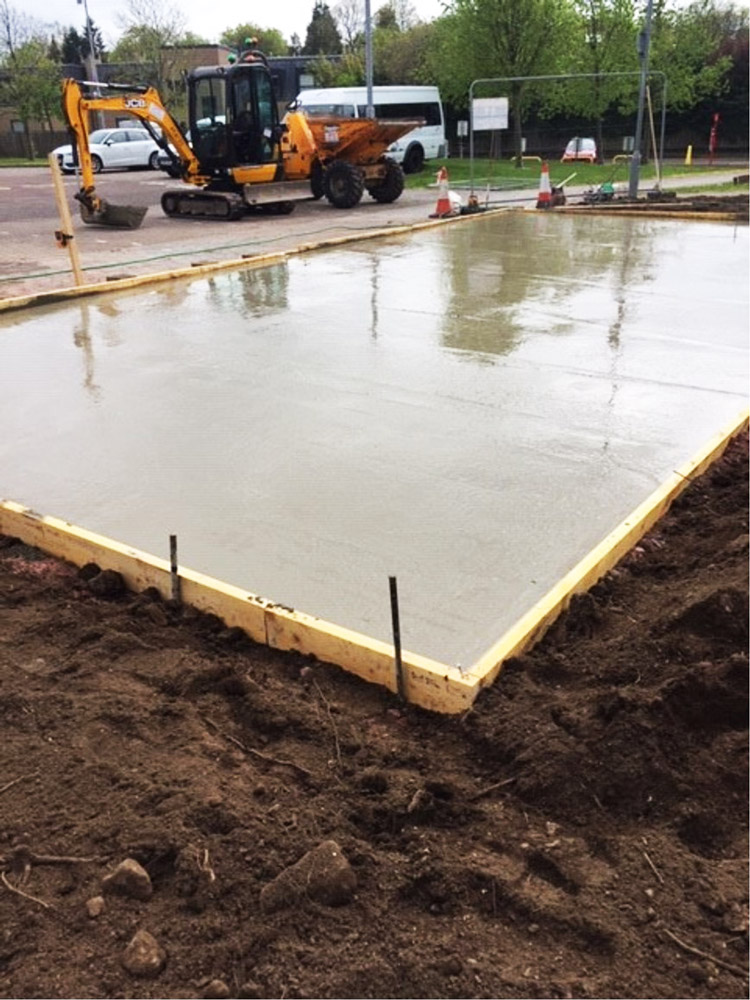
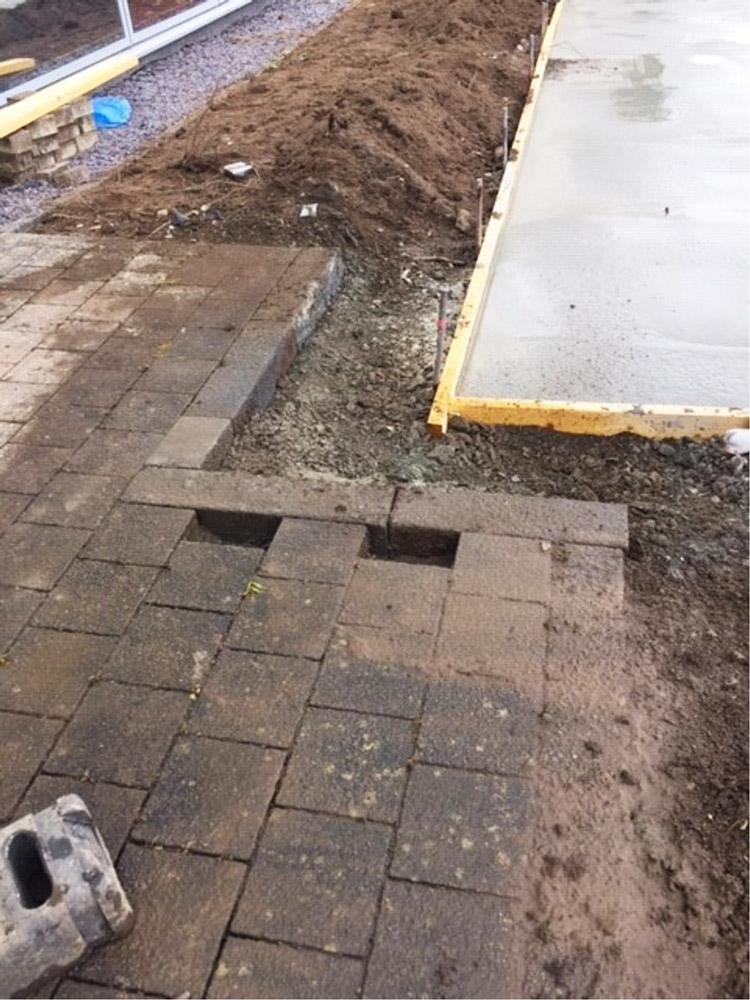
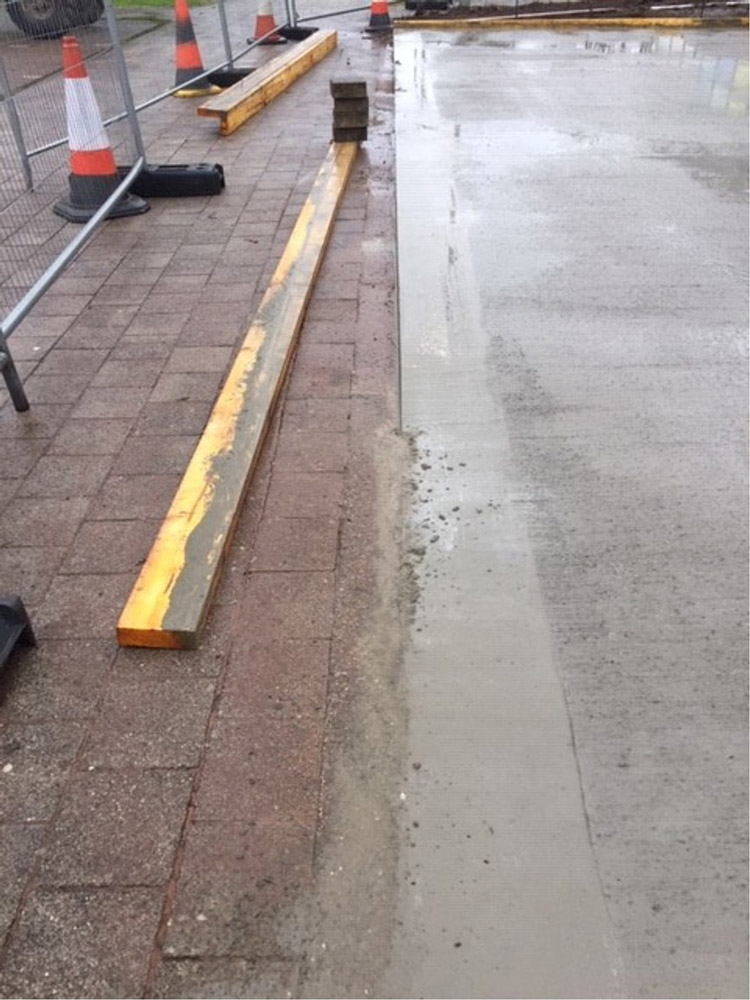
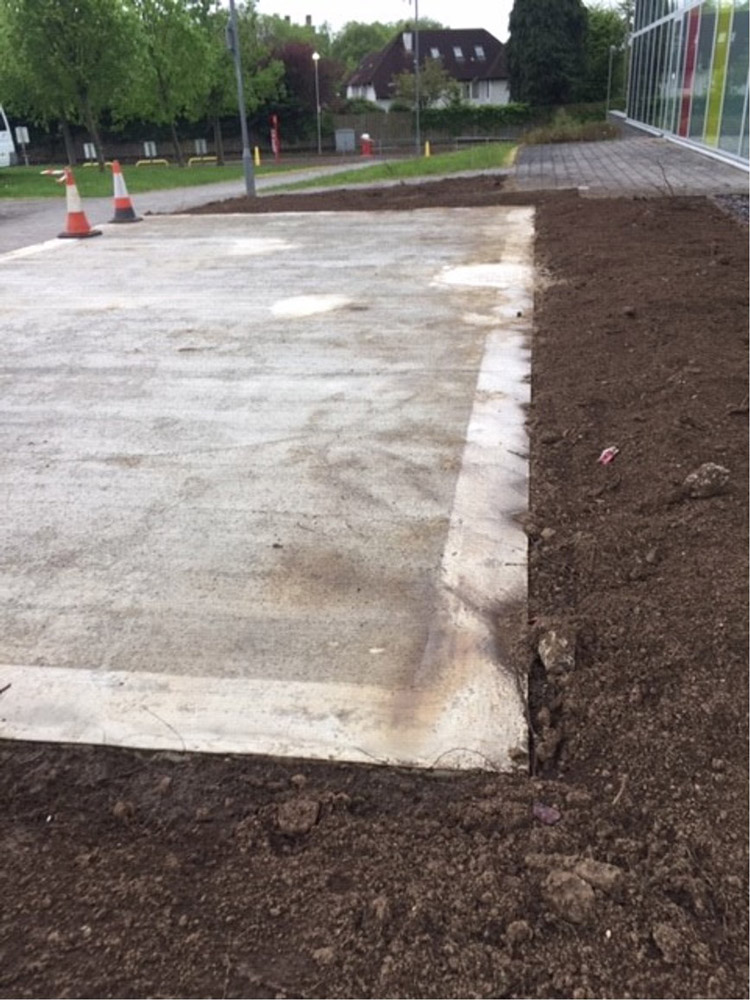
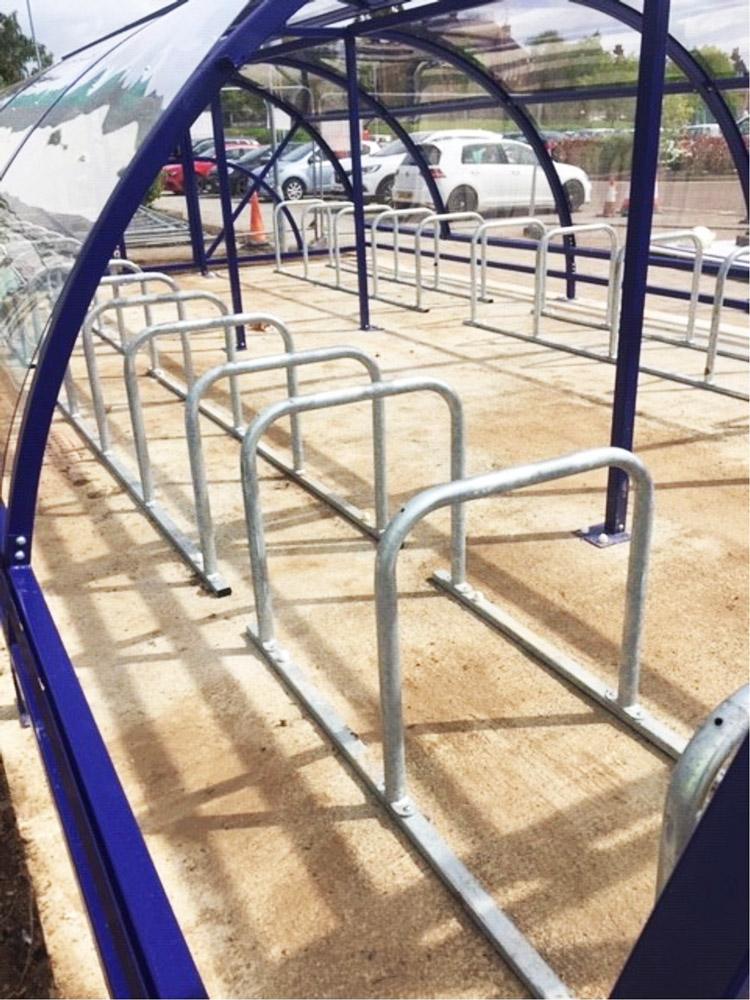
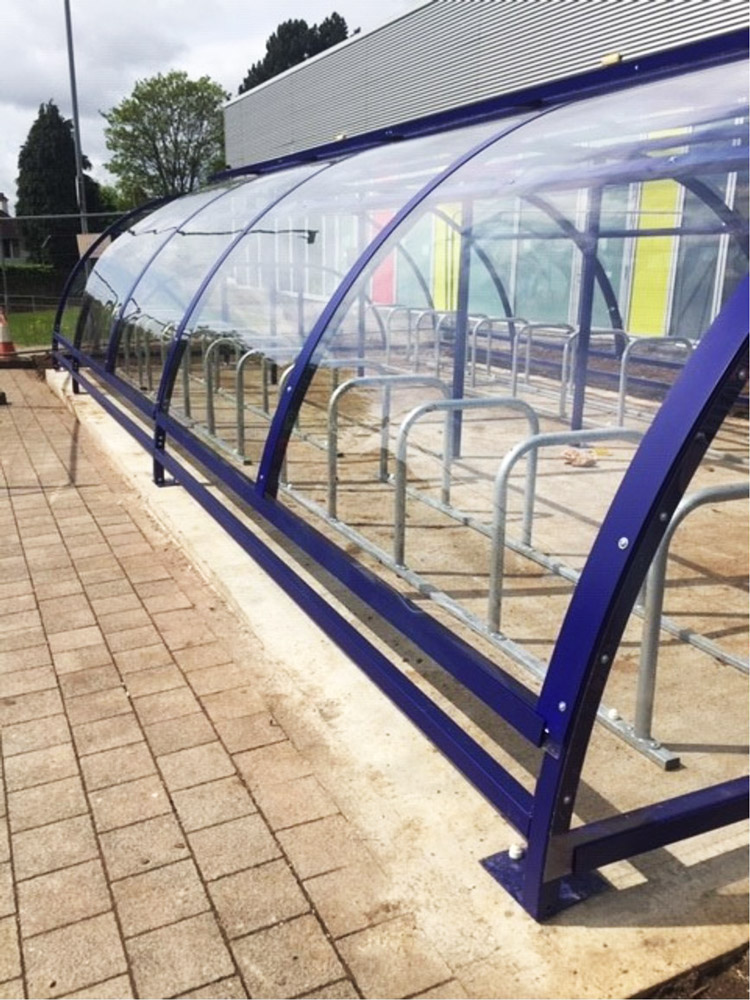
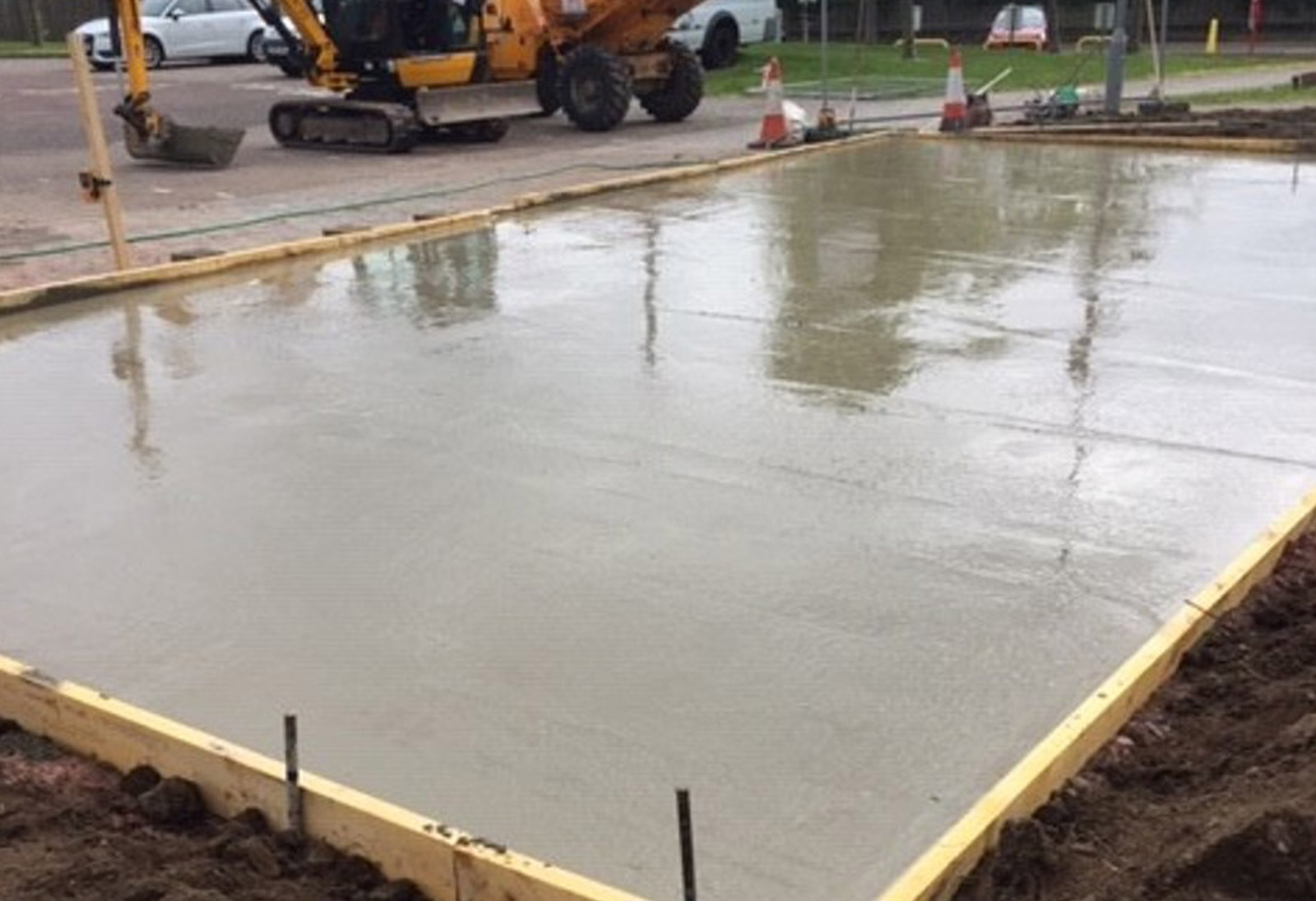
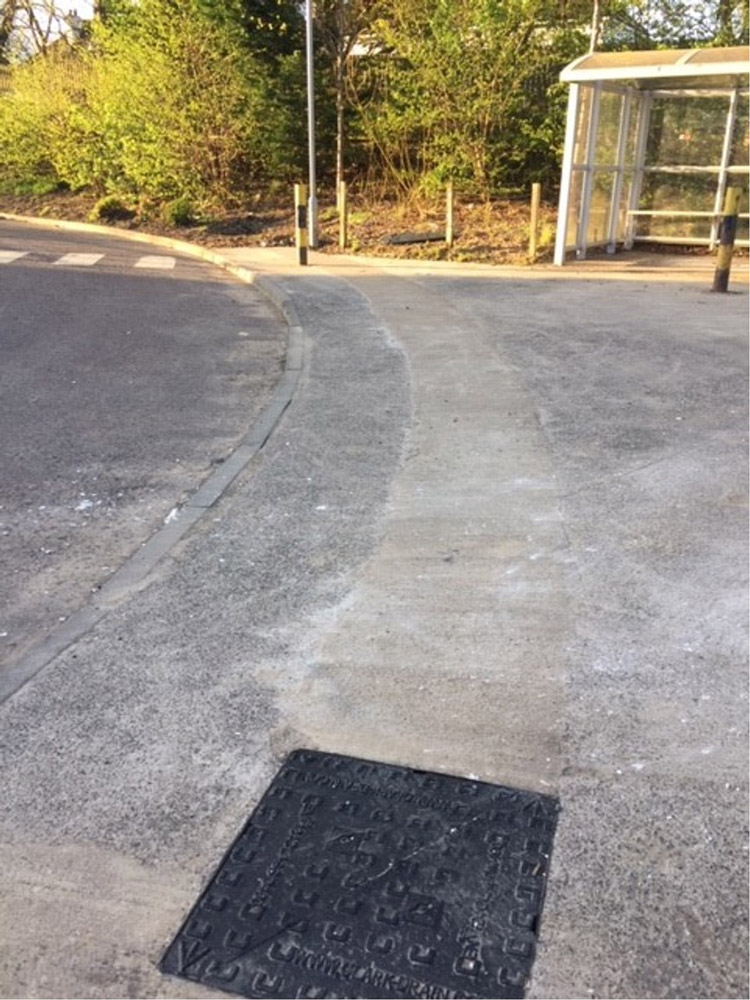
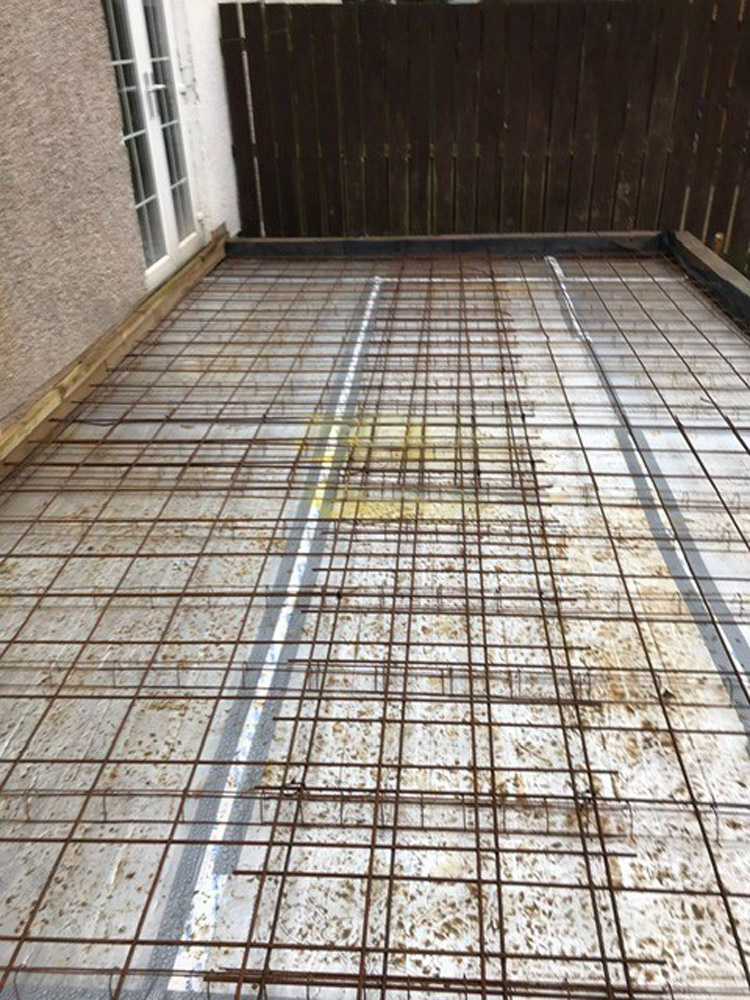
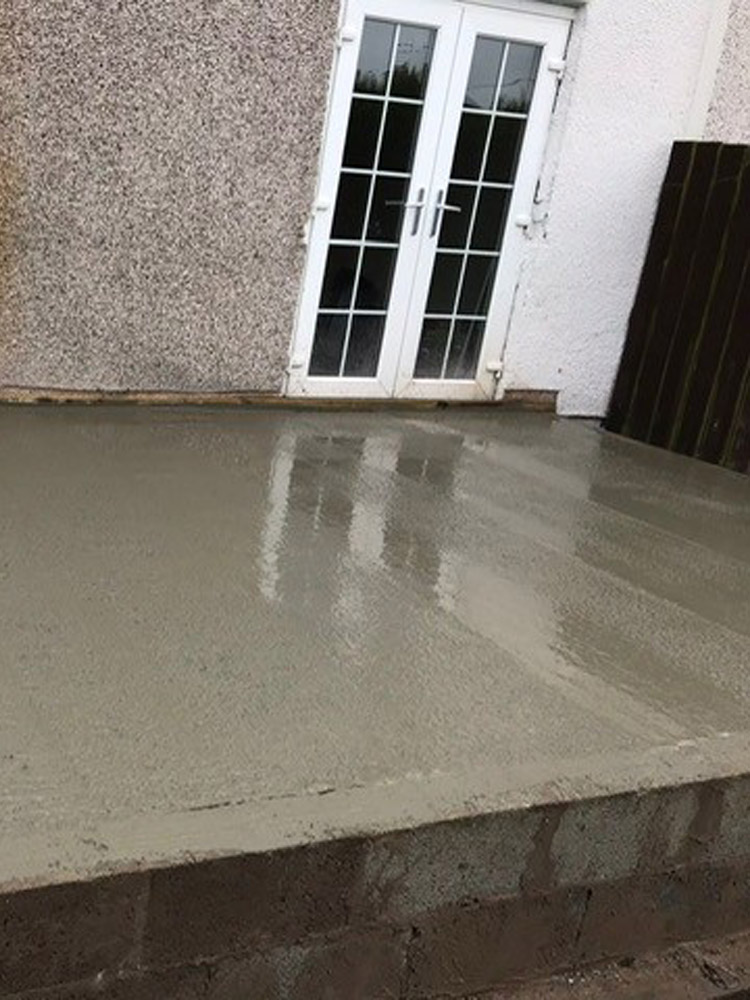
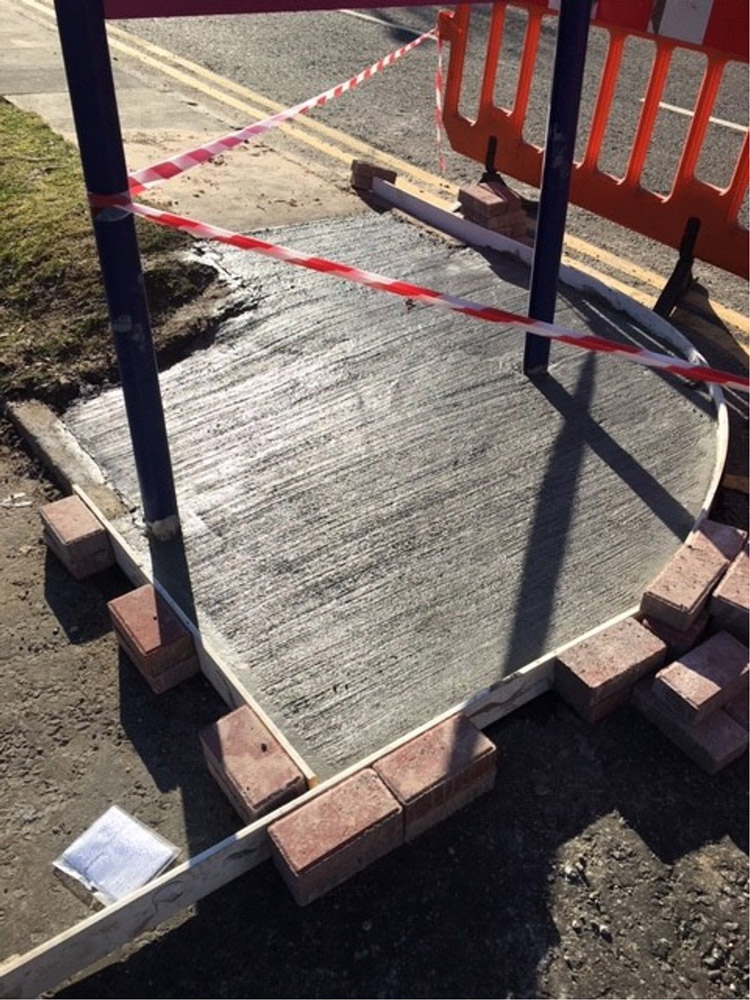
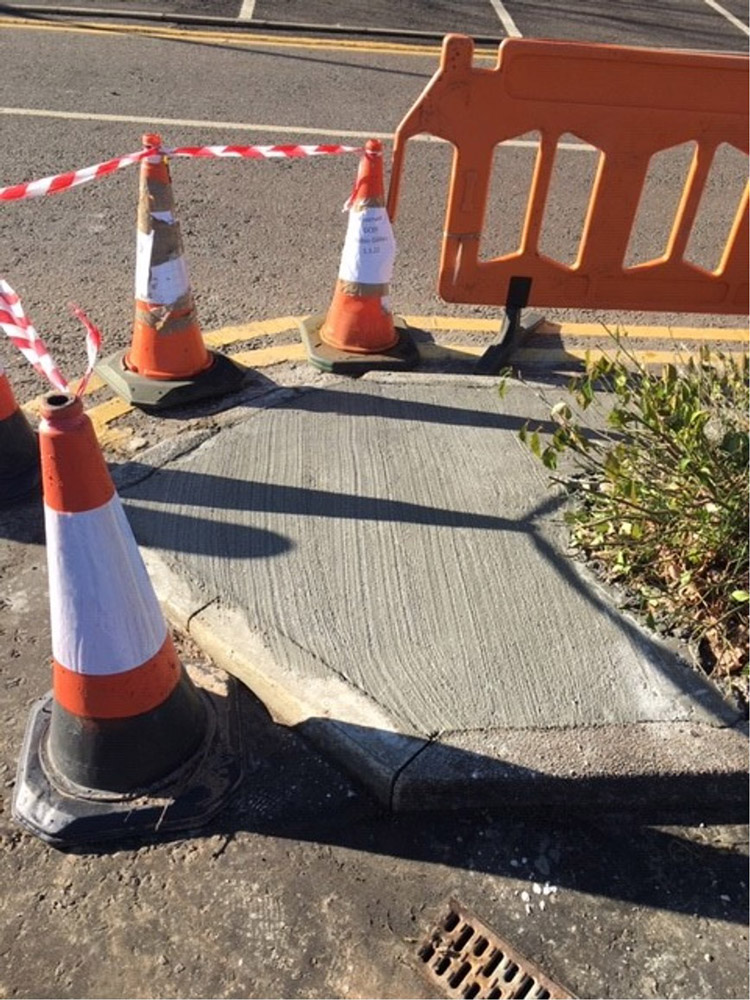
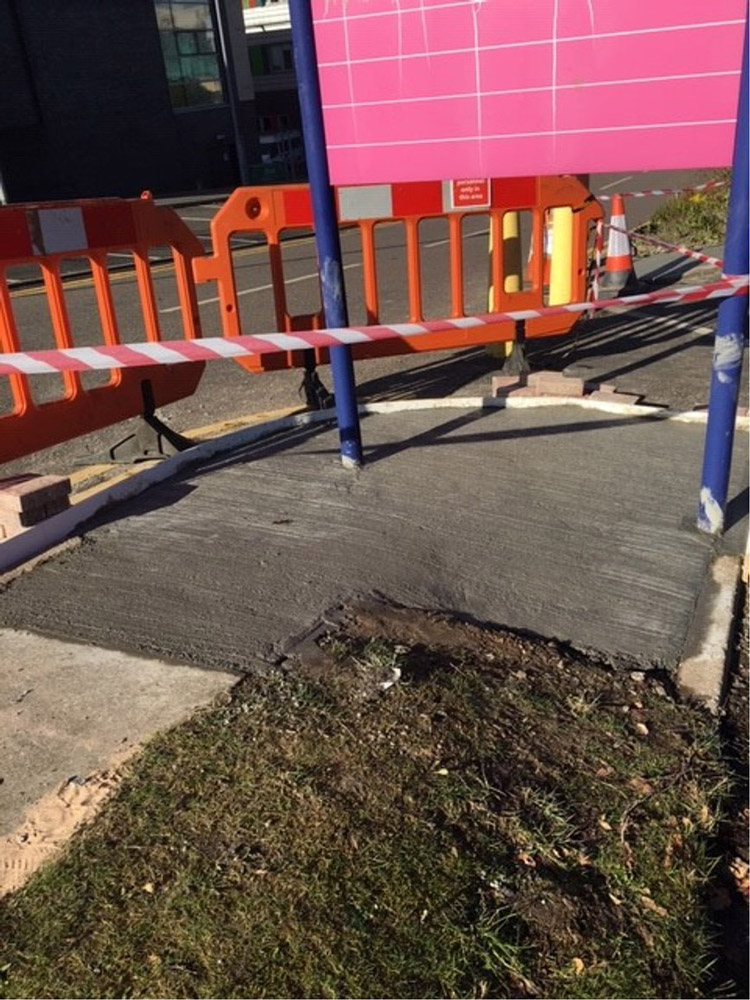
Concrete
Concrete is a fundamental construction material that plays a crucial role in a wide range of building and infrastructure projects. Its versatility, strength, and durability make it a popular choice for various construction applications. Here are some key aspects of the use of concrete in construction:
Foundations
Concrete is commonly used for building foundations due to its strength and ability to distribute loads evenly.
Foundation types include slab-on-grade, crawl space, and basement foundations
Foundation types include slab-on-grade, crawl space, and basement foundations
Structural Elements
Columns and Beams: Reinforced concrete columns and beams provide structural support in buildings and bridges.
Slabs: Concrete slabs are used as floors and roofs in residential and commercial structures.
Walls: Concrete walls, whether load-bearing or non-load-bearing, offer stability and resistance to various forces.
Slabs: Concrete slabs are used as floors and roofs in residential and commercial structures.
Walls: Concrete walls, whether load-bearing or non-load-bearing, offer stability and resistance to various forces.
Pre-cast Concrete Elements
Components such as pre-cast beams, panels, and blocks are manufactured off-site and then transported to the construction site for assembly.
This method can enhance efficiency and quality control
Roads and Pavements
Concrete is used in road construction for the creation of rigid pavements that withstand heavy traffic loads.
It provides a durable and smooth surface for vehicles.
It provides a durable and smooth surface for vehicles.
Tunnels and Underground Structures
Concrete is often used in the construction of tunnels and underground facilities due to its ability to withstand high pressure and provide structural stability.
High-Rise Buildings
Reinforced concrete is a common choice for the construction of tall buildings because of its strength and load-bearing capacity
Decorative and Architectural Features
Beyond structural uses, concrete can be employed for decorative purposes. Stamped concrete, stained concrete, and exposed aggregate are examples of decorative finishes
Seawalls and Coastal Structures
Due to its resistance to water and corrosion, concrete is used in the construction of seawalls, coastal protection structures, and marine infrastructure
Repair and Rehabilitation
Concrete's durability allows for repair and rehabilitation, extending the lifespan of structures. Techniques include patching, overlay, and structural strengthening
Insulation and Energy Efficiency
Concrete's thermal mass can contribute to energy efficiency in buildings by stabilizing indoor temperatures.
Green Building Practices
Efforts are underway to enhance the sustainability of concrete by incorporating recycled materials, using alternative cementitious materials, and adopting environmentally friendly production practices
